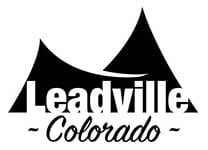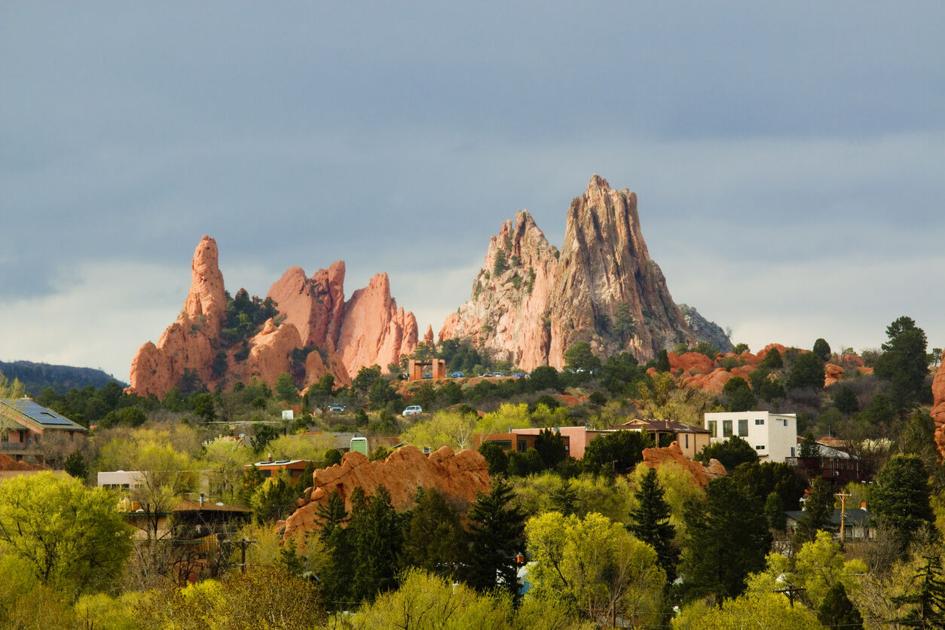Each year, the Trust for Public Land ranks the 100 most populated cities in America based on the quality of their parks system, including three destinations in Colorado. While no Colorado spot made the cut for the top ten, one city did continue to climb the charts.
Showing improvement for another year, Denver jumped to the 18th place spot after moving from 29th to 22nd in the 2020 rankings.
Meanwhile, Colorado Springs lost several spots, dropping to a below-median 56th of 100. While this is much lower than Denver’s ranking, the Olympic City, USA only slid three spots from a ranking of 53rd in 2020. In 2017, Colorado Springs was ranked 42nd.
The other city in Colorado that was ranked was Aurora, snagging the 25th place spot. This was also a year-over-year decline, though not by much. In 2020, Aurora was ranked 24th.
The goal of Trust for Public Land is to ensure that there’s a park within a 10 minute walk for every resident in every city across America. The current average is 55 percent of city residents nationwide living within a 10-minute walk from a park.
Denver really shined in this category with 90 percent of residents within a 10-minute walk from a park. In comparison, 77 percent of Colorado Springs residents and 87 percent of Aurora residents match this criteria.
According to the analysis, Denver has 317 parks citywide, accounting for 5 percent of city land being used for parks and recreation – national median is 15 percent. Colorado Springs has 254 park spaces, totaling 8 percent of the land and Aurora has 201, accounting for 11 percent of city land.
Another interesting data point looks at dog parks per capita. Despite being commonly referred to as a dog-friendly state, Colorado performed fairly mediocre in this category. Denver had 1.9 dog parks per 1,000 people (76th percentile nationally), Colorado Springs had 1.6 dog parks per 1,000 people (69th percentile nationally), and Aurora had 1.1 dog parks per 1,000 people (44th percentile nationally). That being said, many dog parks in Colorado are quite large and the analysis doesn’t seem to account for this.
It was also determined that low-income neighborhoods have less access to park space in Denver and Aurora, while the high-income neighborhoods have less access in Colorado Springs.
While the state of Colorado didn’t really have a high-performing stand-out city included in this ranking, it’s important to note that this analysis is mostly focused on access to parks, often a factor of how walkable a city might be. What it doesn’t seem to take into account is park variety or quality of park space. For example, a mountainous park that’s a 15-minute drive in Colorado will likely deliver a better experience than a flat green space in Indiana that’s a 5-minute walk away.
The top three destinations nationwide were Washington, DC, St. Paul, and Minneapolis, respectively. The worst ranking city was Oklahoma City, with just 38 percent of residents within a 10-minute walk to a park.
See the full study here. There’s a lot of data and it’s pretty interesting to dig a bit deeper.
This content was originally published here.

